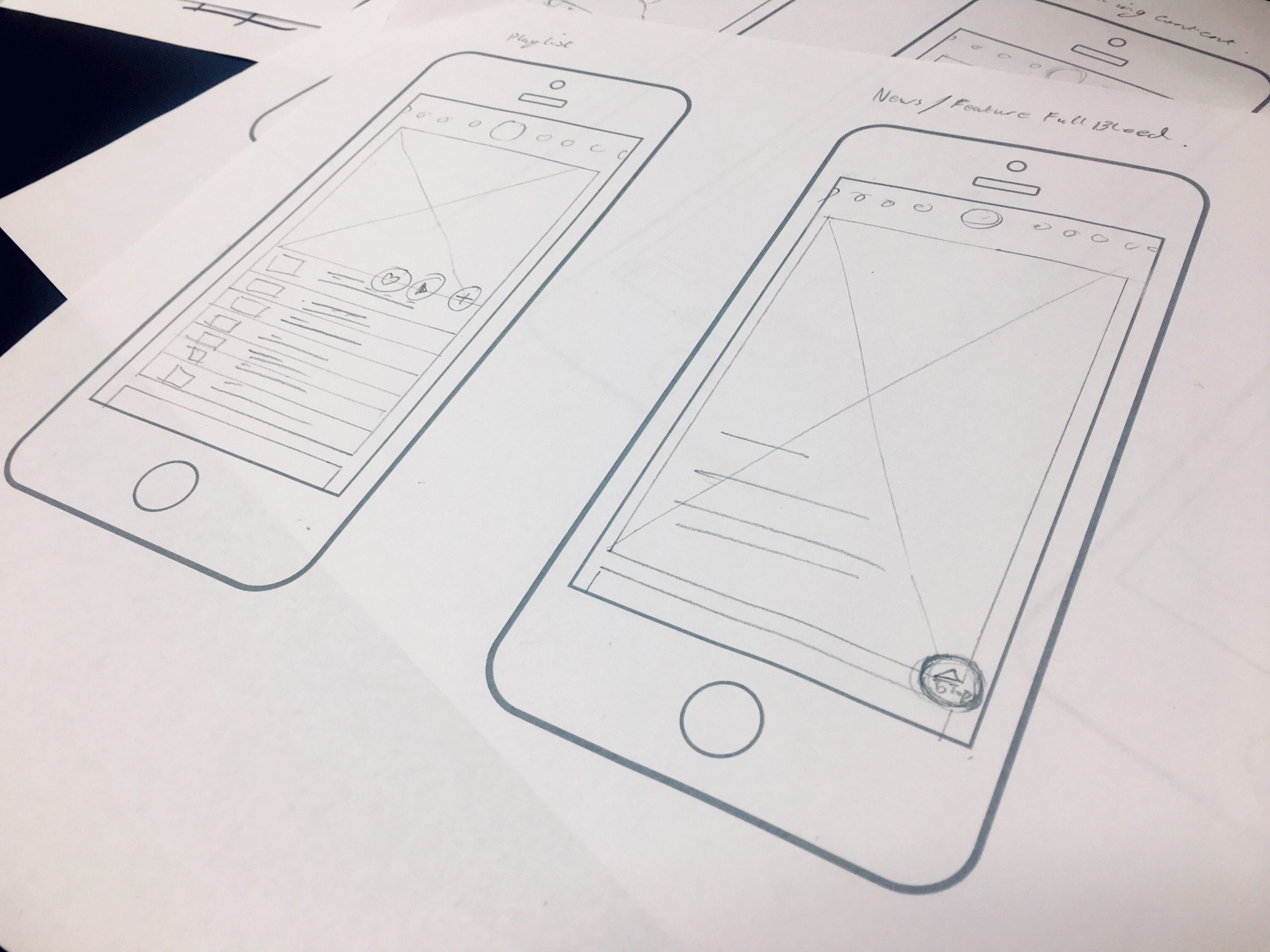8th July 2021
Nurturing your waitlist audience
This article will take a look at the different strategies available to the SaaS entrepreneur when it comes to building a persona profile on the target audience.
There are of course a number of ways to go about this depending on exactly which market or industry you’re looking to target, as well as the obvious distinctions between B2B and B2C, but regardless of your circumstances you should find something useful here to develop your approach to defining your target audience.
But why is persona profiling so important? The first and most obvious benefit is that it will give direction to your sales and marketing efforts, and save you from barking up the wrong tree. More subtle benefits are the impact that this thought process will have on the rest of your product development. As you build your understanding of your target audience, you’ll get organic prompts as to how your feature set should be tailored to meet their needs as exactly as possible.
A recurring theme in all of our SaaS tutorials is the importance of a customer-led approach to product development, so your product should evolve as you grow your understanding of your customers’ needs.
This is a common starting point for bootstrapped SaaS founders looking to build a persona profile on their target audience.
For B2B SaaS, persona profiling is in some ways more straightforward, and revolves around three big questions:
This framework is loose enough to be applied to B2C SaaS products also – but you will also no doubt be looking to flesh out the profile a lot more when targeting the consumer market.
In researching persona profiling, you may have come across both the terms ‘user persona’ and ‘buyer persona’. This is more than a trivial semantic difference, and becomes especially important for B2B SaaS products as the user and the buyer are rarely the same person, and will most likely have different priorities when evaluating your product.
Your sales and marketing will be mainly concerned with the buyer, who will most likely be a middle-manager who you will need to convince of the need to allocate budget to your SaaS product. Your developers, on the other hand, should be more in tune with the users and their needs – after all, you’ll want them to report back to the buyer singing the praises of your product and how much time and effort it has saved them.
It may be tempting to run away with the idea of persona profiling and end up with a bloated pseudo-psych profile on your users as if uncovering their childhood fear of bees will make them more susceptible to your marketing. Leave this kind of dramatization to Hollywood script-writers – all of the information in your profiles should relate in some way to either a practical pain point or consumer desire (depending on whether you’re B2B or B2C).
Opinions vary as to how many personas you should be looking to create. Some argue that focusing on one profile will help give more direction to your early-stage development, whilst others argue for multiple personas to ensure that you have all bases covered. As most of the SaaS products we work with here at Angle tend to be B2B, we’re more inclined to argue for one profile that keeps a check on feature-creep. This supports one of the core tenants of our SaaS design philosophy that applies particularly to bootstrapped founders – keep your offering as tightly focused as possible. The broader you make your product’s feature set, the more likely people will be turned off by redundant functions for which they probably already have a solution for.
This quick mock-up should give you an idea of how you can structure your first persona profile. We’ll include some links for free persona profile templates at the end of this article.
This profile was built for a hypothetical SaaS product that provides users with a dashboard to manage their team’s annual leave and feed data back to the business’s HR departments.

In the beginning of your SaaS development journey, your persona profile probably won’t have much data to back it up. It will be based more on the anecdotal research you’ve done on the particular industry you’ve chosen to target, be it on forums, social media, or in person.
However, once you’ve launched your MVP or beta program, you’ll be in a position to start analysing how your users interact with your SaaS, and collect feedback from them to hone both your product offering as well as your understanding of your clients’ needs.
As you acquire your first batch of users, you’ll want to keep tabs on those of them that are the most engaged with your product. These are your ‘power users’, and they hold the information you are looking for. Once you have them identified, they will form the new basis of your persona profile. You can use other SaaS products like Typeform to create easy-to-distribute surveys to try and drill down into what they say they like about your product. Then, you’ll want to complement that with software like Hotjar that monitors their actual usage in-app or on your website to see how they actually interact with your product – as there can be a difference between what they tell you and what they actually do in the real world.

Miro is a flexible design drafting SaaS tool that can be used for all sorts of collaborative work. You may find it useful in other aspects of your product development planning, but in this case it gives a nice visual map of your content.

More of a general-purpose design app, Invision is intuitive and cloud-based, making it a useful resource for other SaaS founders who want to keep their suite of design software affordable and manageable. With a free trail available, the link will take you through to some persona profiling templates ready to go out of the box.

A more specialist tool, Uxpressia is probably the most comprehensive persona-profiling tool available. That said, if you’re short on resources, you may want to go for one of the more flexible platforms listed above.

19th May 2021
How a SaaS product is built

12th May 2021
5 mistakes to avoid in your SaaS startup

8th July 2021
Nurturing your waitlist audience
Conversion-led with proven R.O.I. success
Instant results, long-lasting impact.
Vast experience
Established since 2003, servicing local businesses and global brands.
Friendly and proactive support
We build personal connections, ensuring your brand is in safe hands.
We'd love to discuss your project
Tell us about your project and get a quote.
Are you in need of more business?
We can double your conversion rates by optimising the user experience
Get a FREE UX audit on your website